How Goldwin became gorpcore’s go-to
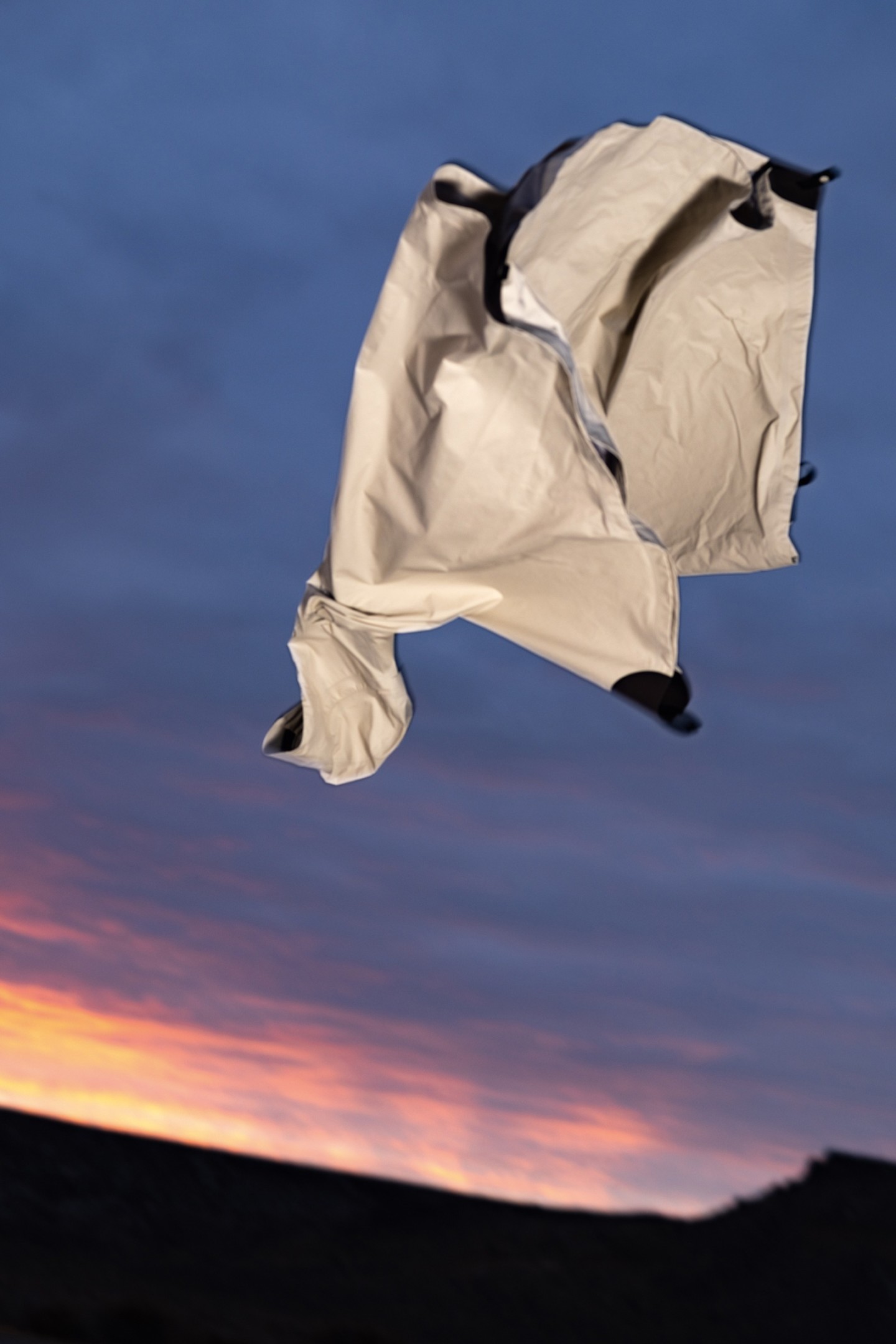
Simply sign up to the Fashion myFT Digest -- delivered directly to your inbox.
Toyama prefecture sits a couple of hours north-west of Tokyo via bullet train. It’s a tranquil, agricultural region, not much visited by tourists, with rice fields that are, by turns, mirrored, green and verdant or muddy, depending on the time of year. Beyond lie the Tateyama mountains, a wild and largely unpopulated idyll, which snakes uninterrupted for many miles. A visit in late October finds the first frosts already biting its foggy peaks.
Toyama, sedate and steeped in tradition, seems an unlikely spot to discover the headquarters of one of the world’s leading makers of technical sportswear. Founded as the Tsuzawa Knit Fabric Factory in 1950, Goldwin’s earliest success was in creating thick socks for the skiwear industry. The company became a pure sportswear manufacturer from 1958 and launched a dedicated lifestyle apparel line in 2016, a range of practical windcheaters, overcoats and jackets priced from $280.
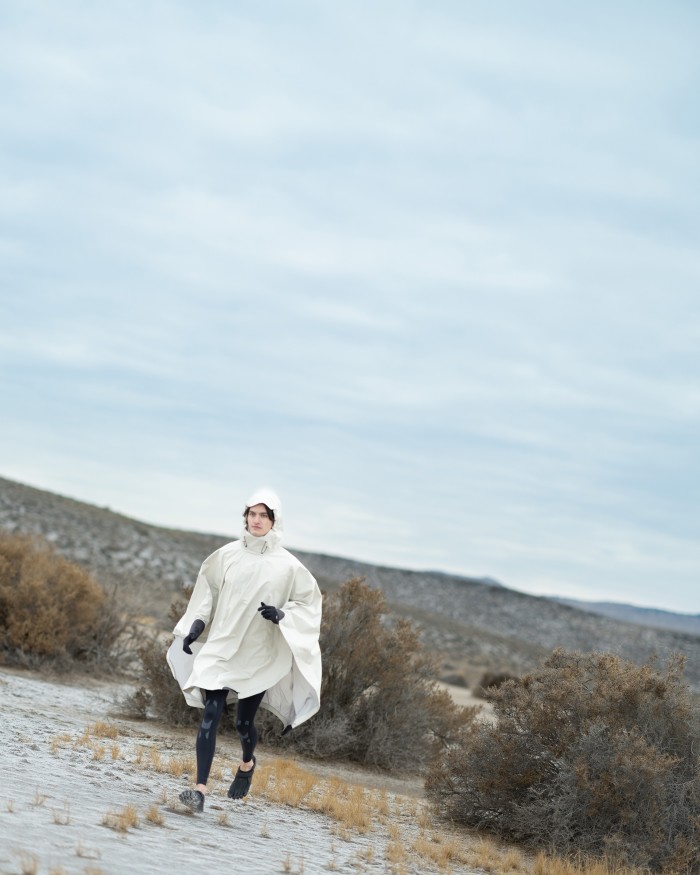
Outside Japan, however, many are unaware of the Goldwin name. Most likely they know of it only via its other business interests – a suite of licences including The North Face, acquired in 1978, that allowed it the exclusive right to distribute and later manufacture a line of garments that now contributes to a large share of Goldwin’s estimated $2.8bn value. It also owns the licences for Speedo, Ellesse and Helly Hansen. If Japan has become the master manufacturer of outdoor clothing, it’s largely because of Goldwin, the umbrella company that has taken the codes of outerwear and pushed them to extremes.
“We have established our own standards through our testing environment and our own quality-control organisation,” says Takao Watanabe, the brand’s CEO and longtime employee. “The objective is not only to decide whether to adopt a material but also to share ideas and knowledge with suppliers… in order to develop better materials.” He rattles off some innovations: “With Polartec, a company famous for its raised fleece, we developed a product that contains conductive yarn to suppress static electricity. With Albany, then a PrimaLoft brand supplier, we developed a yarn with micro-ceramics kneaded into it, which led to the creation of a wadding product that was lighter, thinner and easier to carry, while maintaining the same level of heat retention.”
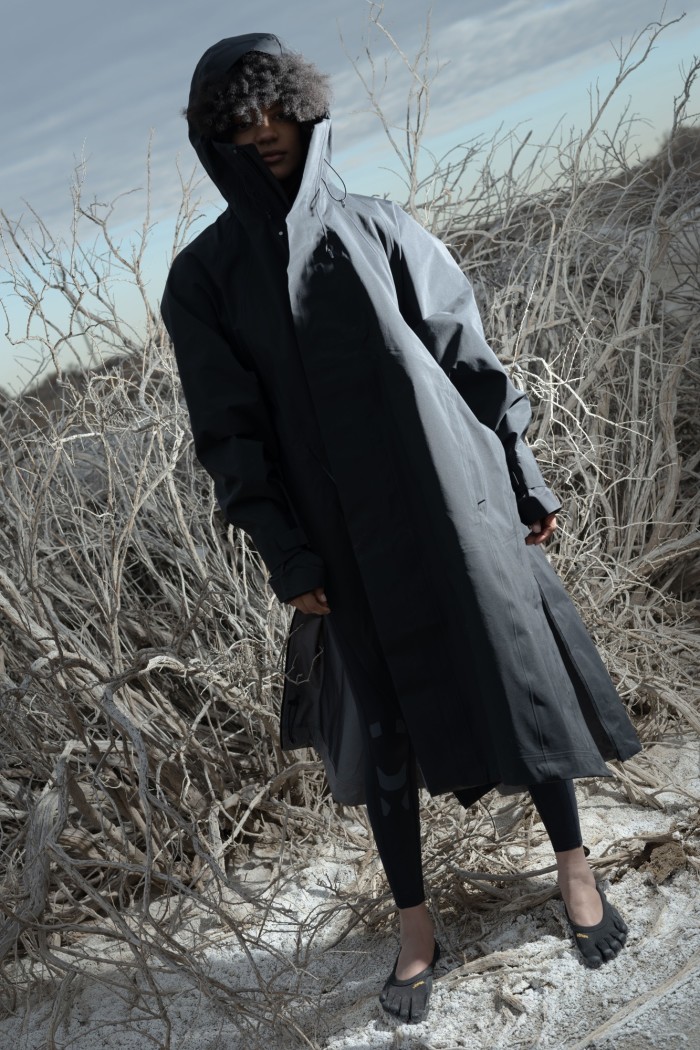
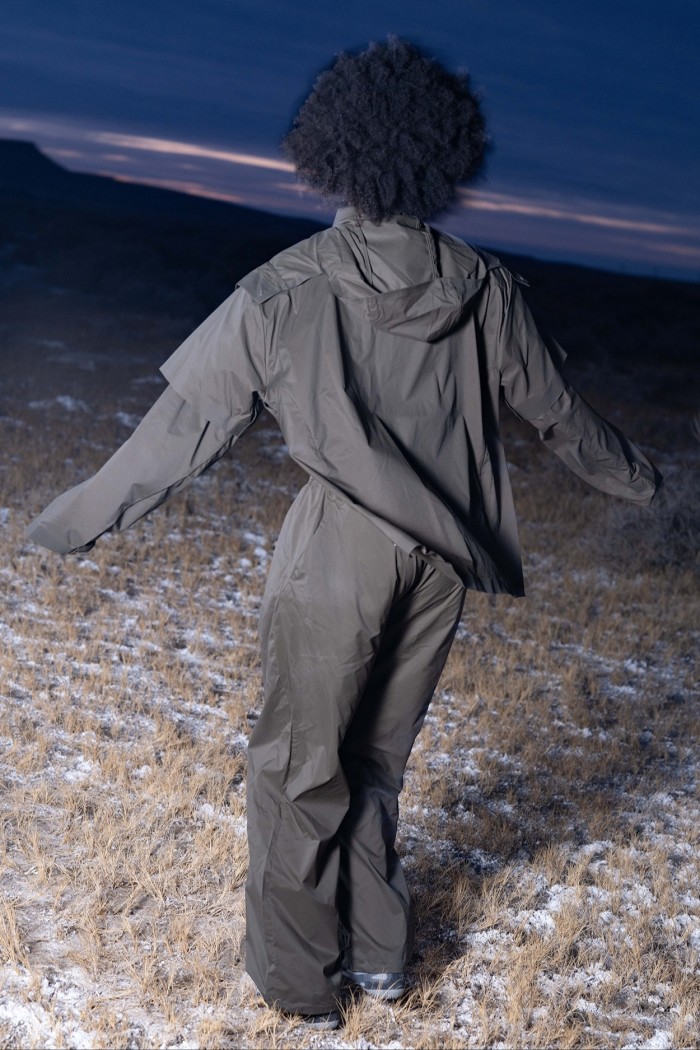
Japan has long boasted a reputation for excellence in outerwear, says Richard Gray, style writer and Gore-Tex enthusiast. “With Tokyo-based brands like Nanamica [founded in 2003 by Eiichiro Homma, formerly of Goldwin and responsible for transforming The North Face Japan and Helly Hansen] and The North Face’s Purple Label, Japanese designers have become the go-tos for high-spend, big-kudos outerwear.” This, plus social media, have enshrined the popularity of the country’s outdoor brands. “Instagram feeds such as @uniformdisplay and @secrets.jp, which feature street-style snaps of Tokyo kids, are must-visits for the #gorpcore fans,” says Gray.
Nur Abbas joined the Goldwin team in 2023: the British-born designer, who worked previously at Nike, Yeezy and Louis Vuitton, is now a designer-in-residence for Goldwin 0, an “experimental platform” and multidisciplinary residency focused on high-performing functional design. The platform serves as a fulcrum, acting in some ways like a couture atelier where new ideas will one day filter to all levels of the brand. The first collection, AW23, was a capsule featuring wool wind shell pants ($640) and a down jacket ($1,500) using origami techniques for a three-dimensional effect.
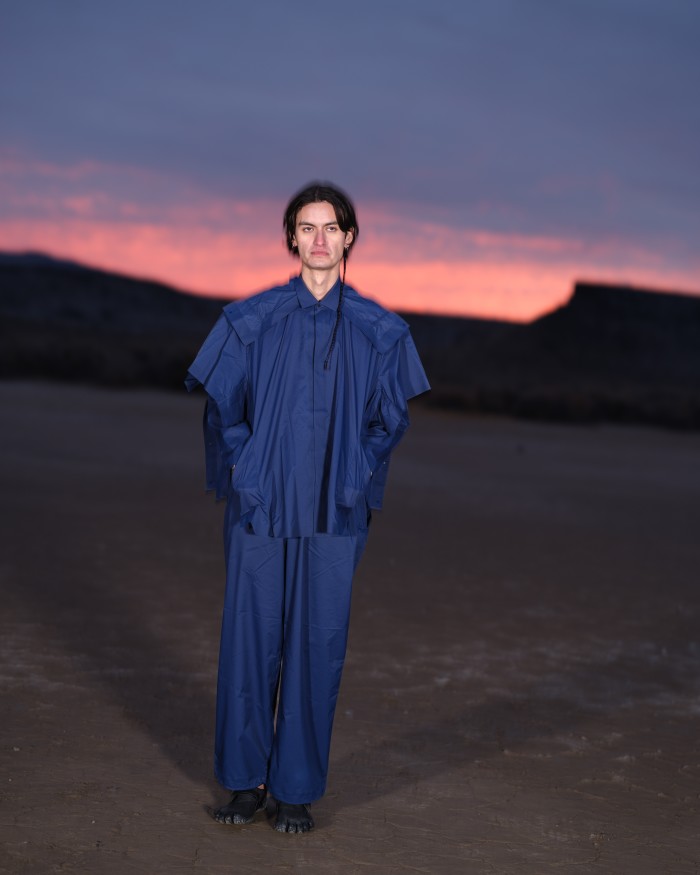
The latest range is unisex, simple and relatively sober – a reflection of the new “quiet outdoor” trend to match “quiet luxury”. An expanded range will follow. But the purpose of Goldwin 0 is more focused on research than in sales. “It’s more about the ideas and how that can influence what they do going forward,” says Abbas. “There is an allowance to try things out. What you’re seeing with Goldwin 0 is this prototype that’s been a little bit more fully realised.”
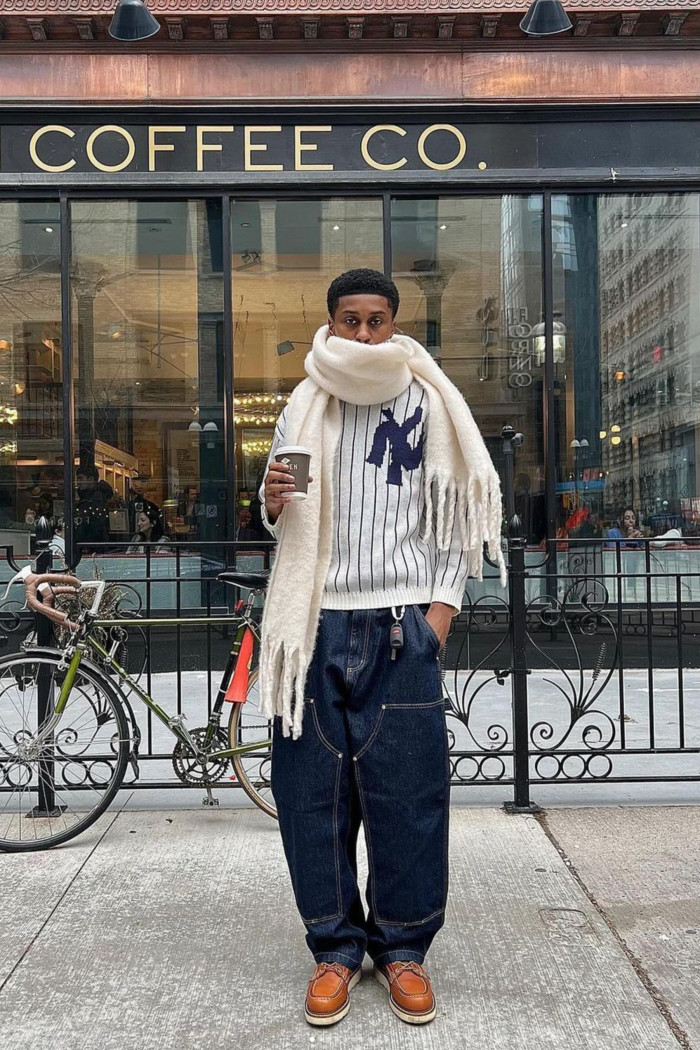
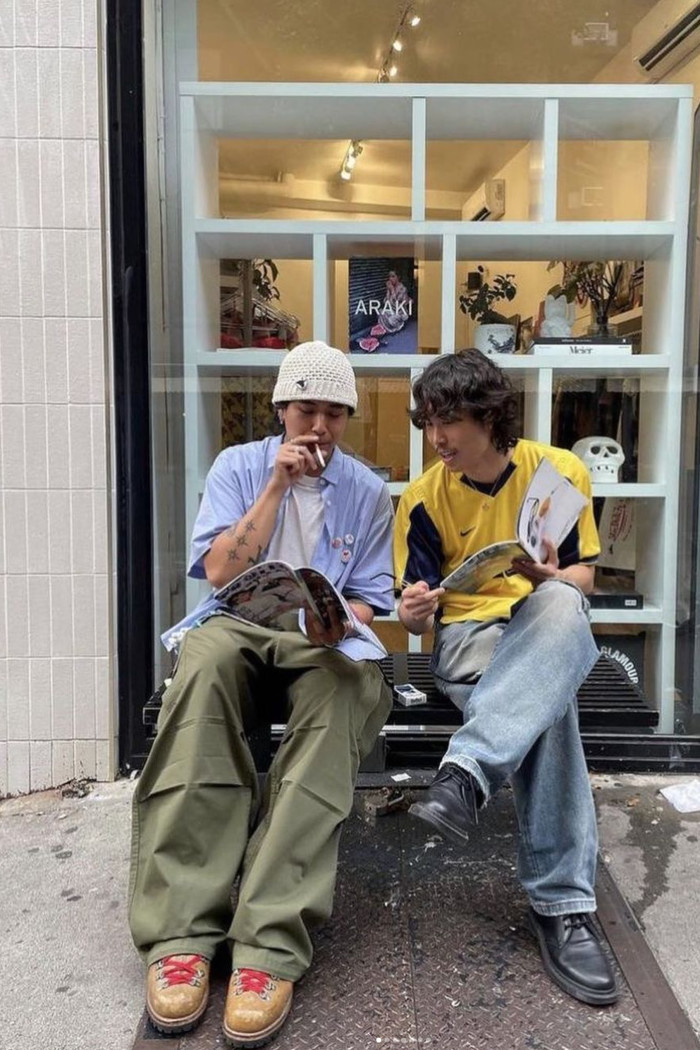
Abbas first started visiting Tokyo with Louis Vuitton, making later trips alongside Kim Jones. He went on to work with Christophe Lemaire at Uniqlo. He has a gorp-nerd’s obsession with detail: a trip around the factory floor finds him wide-eyed about screen-printing technique, overlocks and fastenings that are imperceptible to normal eyes. “The level of the quality [at Goldwin] is just completely different to what we have been seeing in the west,” he says. “They have the skills and I suppose what I’m coming in to do is disrupt that with a different perspective on things.”
When asked what makes Goldwin so unusual, Abbas points to the things that, in fact, it has in common with another brand. He sees parallels between Toyama and Portland, the West Coast backwater in which the Nike behemoth is based. The relative autonomy of their geographies, he argues, allows for “outlier cultures” to gain pace. “One of the things we’ve been looking at in terms of inspiration is slime moulds [a single cell protist] and how they grow. New cultures form at the edge of things, and you can’t be much more at the edge than Toyama or Portland, Oregon.”
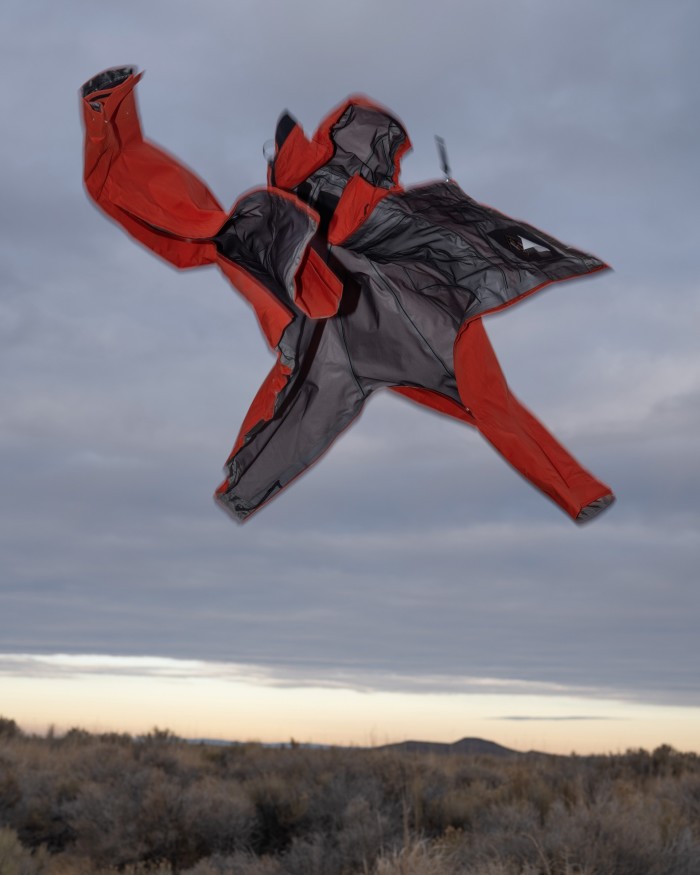
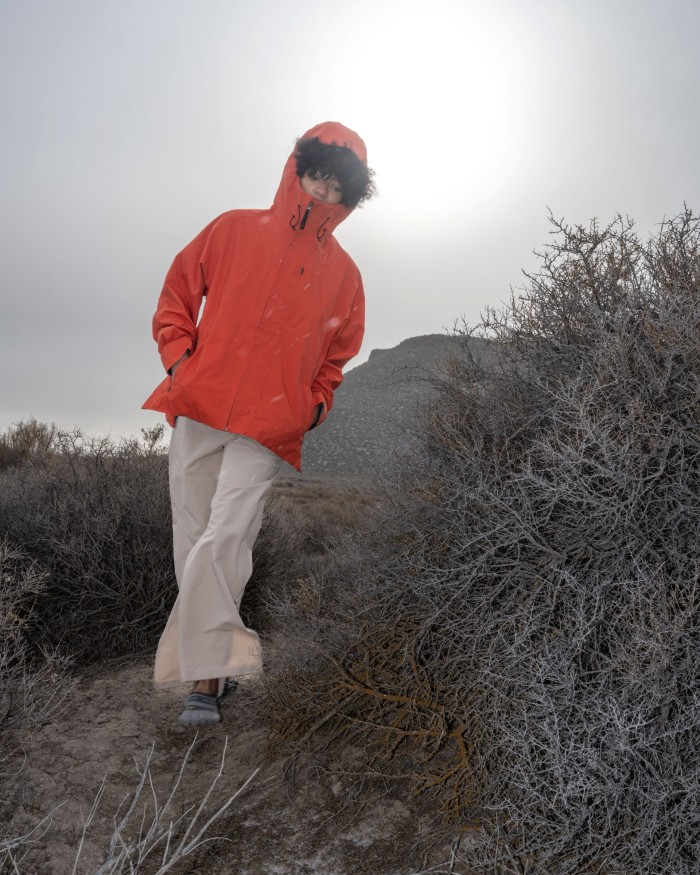
Perhaps Toyama is the perfect location for a business that has long put nature at its core. “We have positioned the essence of beauty – delicacy, precision and politeness – as the foundation of our manufacturing,” says Watanabe. Goldwin is currently rewilding a huge Goldwin Play Earth Park in the Toyama prefecture that will house an eco-village with a nurturing garden, campsite and gym. It sounds like a kind of Disneyland for all things Gore-Tex, with its plans to connect a “happy population of 10 million”.
Back in Tokyo, a trip to the Goldwin store finds the usual mix of sports enthusiasts rubbing shoulders with the gorpcore fashion crowd. The appetite for technical cagoules and parkas seems to have remained undimmed despite the global slowdown in fashion sales overall. For Watanabe, the objective remains as ever “to make proposals that transcend the boundaries between mountain and town, outdoors and lifestyle, under the key phrase of ‘making functionality a part of everyday life’.”
Is Gore-Tex the new Gucci? Goldwin’s team are betting their sweat-absorbing Tech-Under mountaineering pants on it.
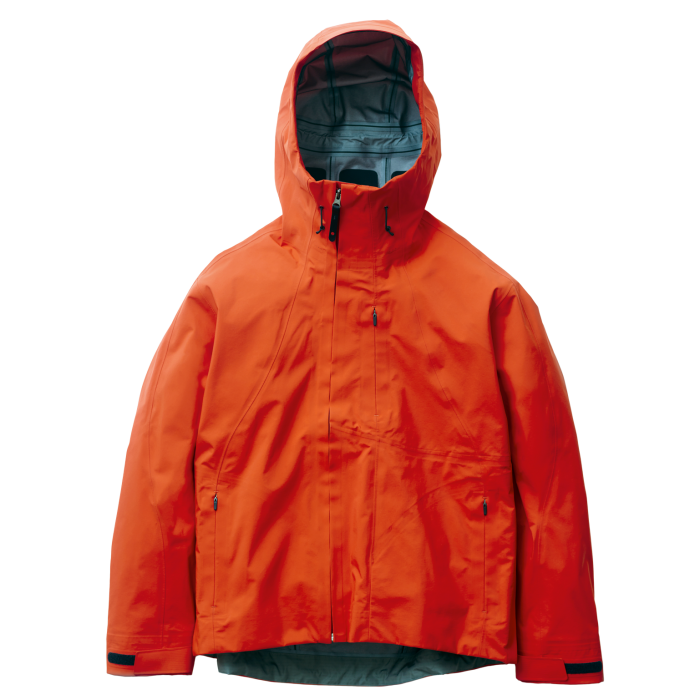
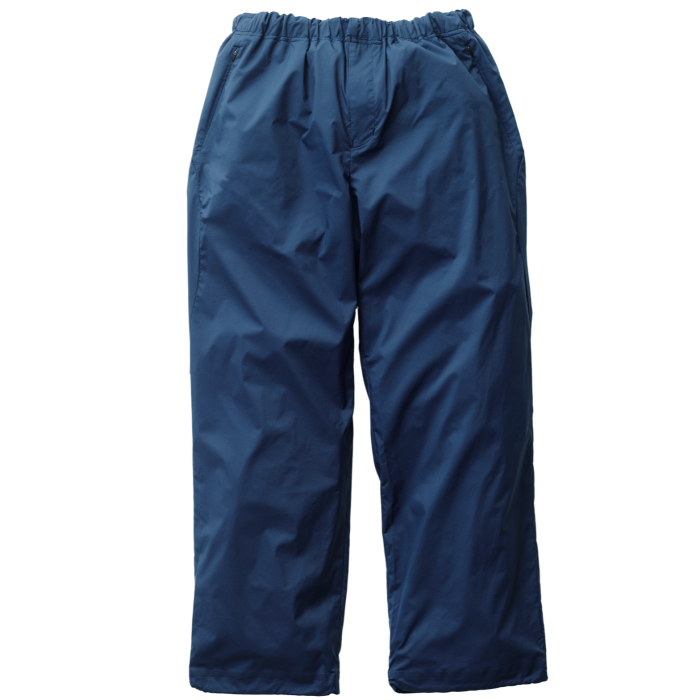
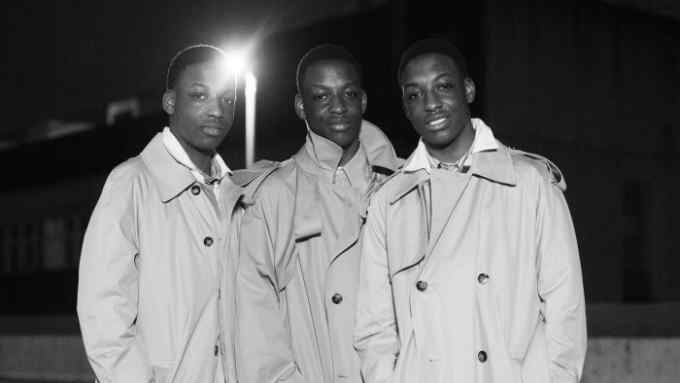
Comments